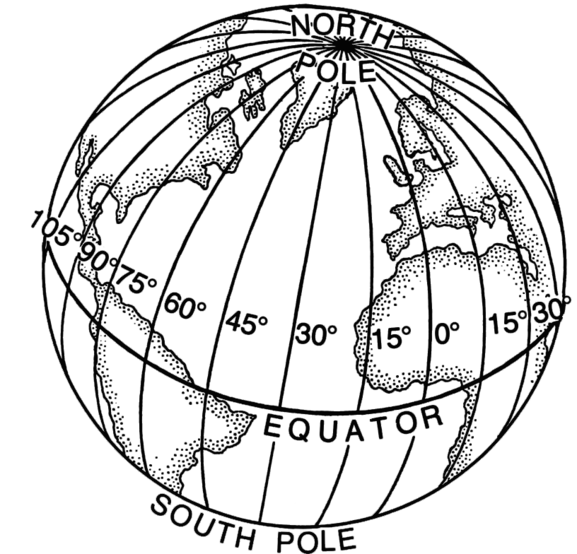Light-programmable biofilm displaying the Hello World message
photo wikimedia commons
If you can get these two words to print out, you won't know everything there is to know about the language, but you will have a good feel for how the language works. More important, you'll have the confidence you need to keep going.
With that in mind, I'm going to start by running through a kind of Hello World! celestial navigation problem. We'll take it one short, digestible step at a time, keeping the math and other brain twisting mumbo-jumbo to a minimum. The goal isn't to learn everything there is to know about celestial navigation. And it's not to memorize some procedure that doesn't make sense to you, or to learn how to plug numbers into a magic box.
No, the goal is to understand how a simple sight works. Once you have that basic understanding, it won't be magic anymore, and you'll be ready to keep going with more advanced sights.
So, by the end of this series of short blog posts, you should have worked your first sight and -- more importantly -- understood what you did. Let's get started.
Meridian Passage of the Sun
For our Hello World! problem, we're going to do a traditional Noon Sun Sight. This was one of the first sights used by sailors, and the easiest one to understand.
In fact, you probably already have an intuitive understanding of how it works, even if you don't know all the details.
You know, for example, that the Sun rises in the morning and climbs higher and higher in the sky, until it reaches it's peak at 'noon'. At that precise moment, the Sun is crossing your longitude and thus it is Solar Noon at your location.
Lines of Longitude are vertical
Lines of Latitude are horizontal
image wikimedia commons
You also know that how high the Sun climbs at noon depends on your latitude. If you were sailing on the Amazon, near the latitude of the equator, you'd probably expect the sun to be directly overhead, since the Sun travels along the equator, right? (Not exactly, but we'll get into that later!)
Shore-side on the Amazon
image wikimedia commons
On the other hand, if you were circumnavigating Iceland, or Tasmania, you'd expect the sun to be much lower in the sky at Solar Noon, maybe even just peeking over the horizon, if it happened to be winter (but what are you doing sailing around Iceland in winter?)
You know the Sun does not travel directly over Iceland or Tasmania, but sensibly sails far to the south (or north) in the warm and sunny climes where women wear fruit on their heads.
Okay, we're almost there. Let's review what you know from your every day experience:
- The exact time of Solar Noon depends on your longitude -- how far east or west you are
- The exact height of the Sun at Solar Noon depends on your latitude -- how far north or south you are
- If you measure the exact time of Solar Noon, you can find your longitude
- If you measure the exact height of the Sun at Solar Noon, you can find your latitude
Okay, so we just need to hop out on deck at Solar Noon and take a shot, right? But when is Solar Noon? I went outside at 12:00 today and it looked like the Sun was still busy climbing. What gives?
We'll tackle that problem, tomorrow.
>>> Next Episode: What Time Is Noon?
If you enjoyed this episode of the Unlikely Boat Builder, please consider telling a friend about it, or posting a link on Facebook. Thanks!
Get Notified Automatically
I hope you're enjoying "The Unlikely Boat Builder" as much as I enjoy writing it. Over 250 people have asked for a way to be notified automatically when I post new episodes. I've figured out how to do this, so if you'd like to be notified, please click on the link below. I promise I'll never spam you (and Google will have my head if I do.)
Thanks for your interest!
-- John
Follow me on Twitter! My son Chris has been bugging me for a few weeks to use Twitter to make short, more frequent posts from my iPhone, for when I don't have the time for longer blog posts. I don't know how it will work out, but I'm willing to give it a try! My Twitter ID is UnlikelyVoyager (UnlikelyBoatBuilder is too long, apparently), and the URL is http://twitter.com/UnlikelyVoyager. Twitter me back, or leave a comment below, if you think this is worth while. Thanks, Chris!



Thank you. Will folow your Celestial navigation crash course
ReplyDelete